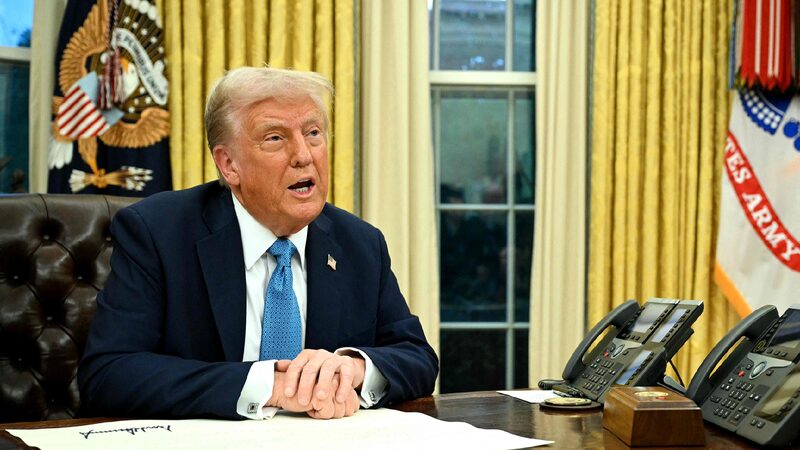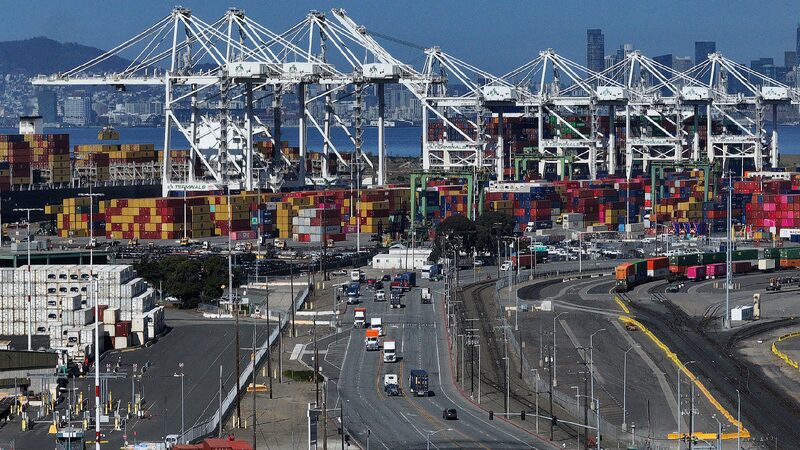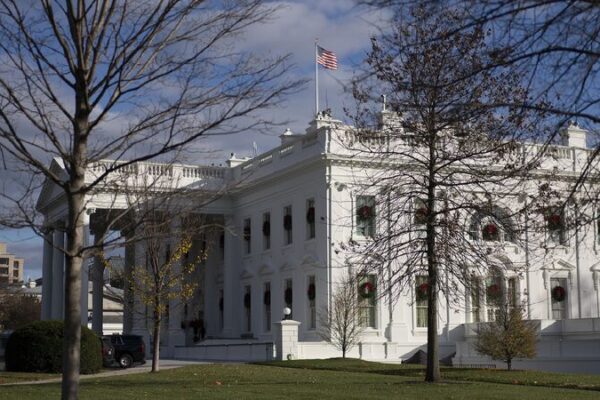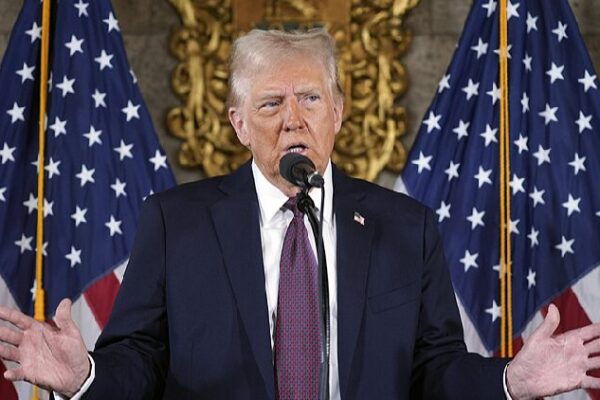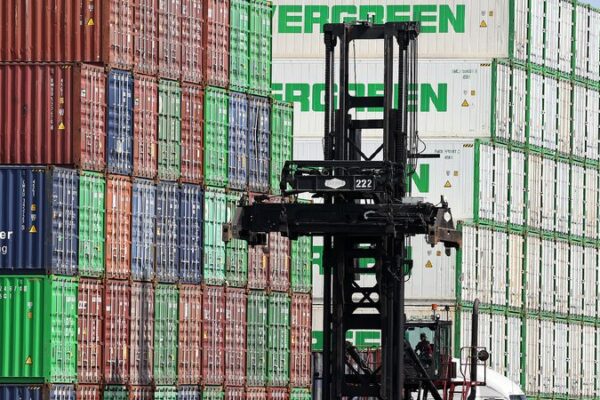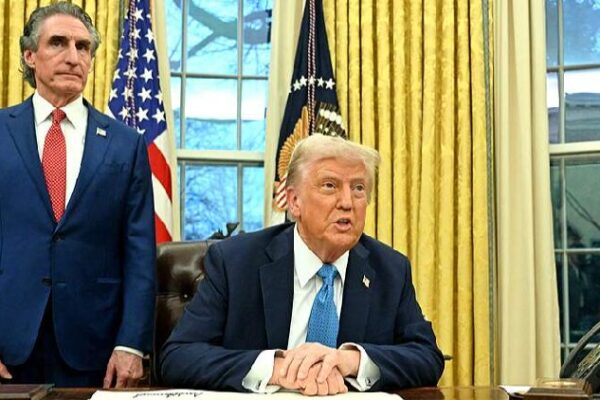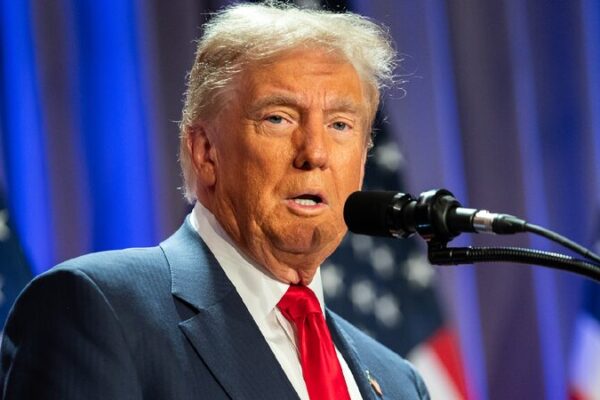The United States has recently announced new tariffs on products from Canada, Mexico, and the Chinese mainland, citing illegal immigration and the trafficking of fentanyl as national emergencies. These actions, however, are raising questions about their effectiveness and potential backlash.
Under the International Emergency Economic Powers Act (IEEPA), the US president has the authority to impose economic restrictions during a national emergency without needing congressional approval. By declaring the fentanyl crisis and illegal immigration as “extraordinary threats,” the administration is using this power to justify imposing tariffs.
But many see the fentanyl issue as a pretext for implementing tariffs that have long been on the administration’s agenda. Fentanyl abuse is a serious domestic issue in the US, rooted in internal social challenges and governance shortcomings. Instead of addressing these internal problems, the administration is pointing fingers at other countries and pushing tariffs as a so-called solution.
The tariffs are aimed at pressuring major trading partners to meet US demands. By placing a 25 percent tariff on goods from Canada and Mexico and a 10 percent tariff on products from the Chinese mainland, the US hopes to compel these countries to take action on issues like illegal immigration and drug trafficking.
However, this “tariff hammer” strategy is likely to backfire. Trade deficits and imbalances are complex issues influenced by factors like national savings rates, consumption patterns, and government spending—not something that can be quickly fixed with tariffs. Previous tariffs imposed on the Chinese mainland did not significantly reduce the US trade deficit.
Moreover, imposing tariffs could strain relationships with key allies and trading partners. These countries have the right to challenge the US measures through the World Trade Organization (WTO), which may rule against the US actions. Retaliatory tariffs from affected countries could also harm US industries and consumers, potentially leading to higher prices and inflation.
In response, the Chinese mainland has announced tariffs of 10 to 15 percent on certain US imports and has brought the US tariff measures to the WTO dispute settlement mechanism. This escalation could lead to a trade war that harms both economies and destabilizes global markets.
Instead of serving as a “panacea” for America’s problems, the tariffs might exacerbate economic issues and fail to address the root causes of fentanyl abuse and illegal immigration. Critics argue that internal reforms and cooperative international approaches would be more effective solutions.
Reference(s):
cgtn.com
